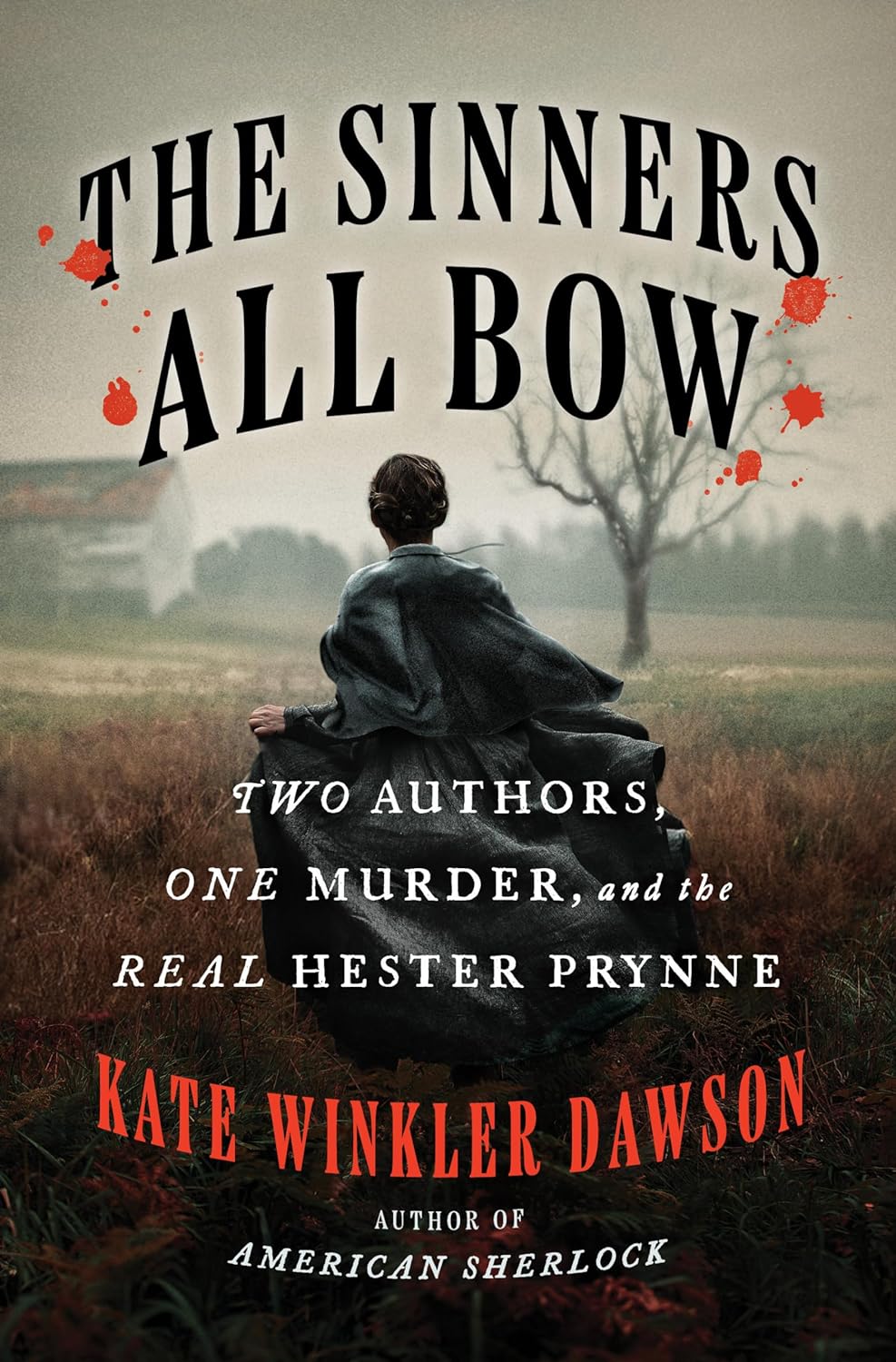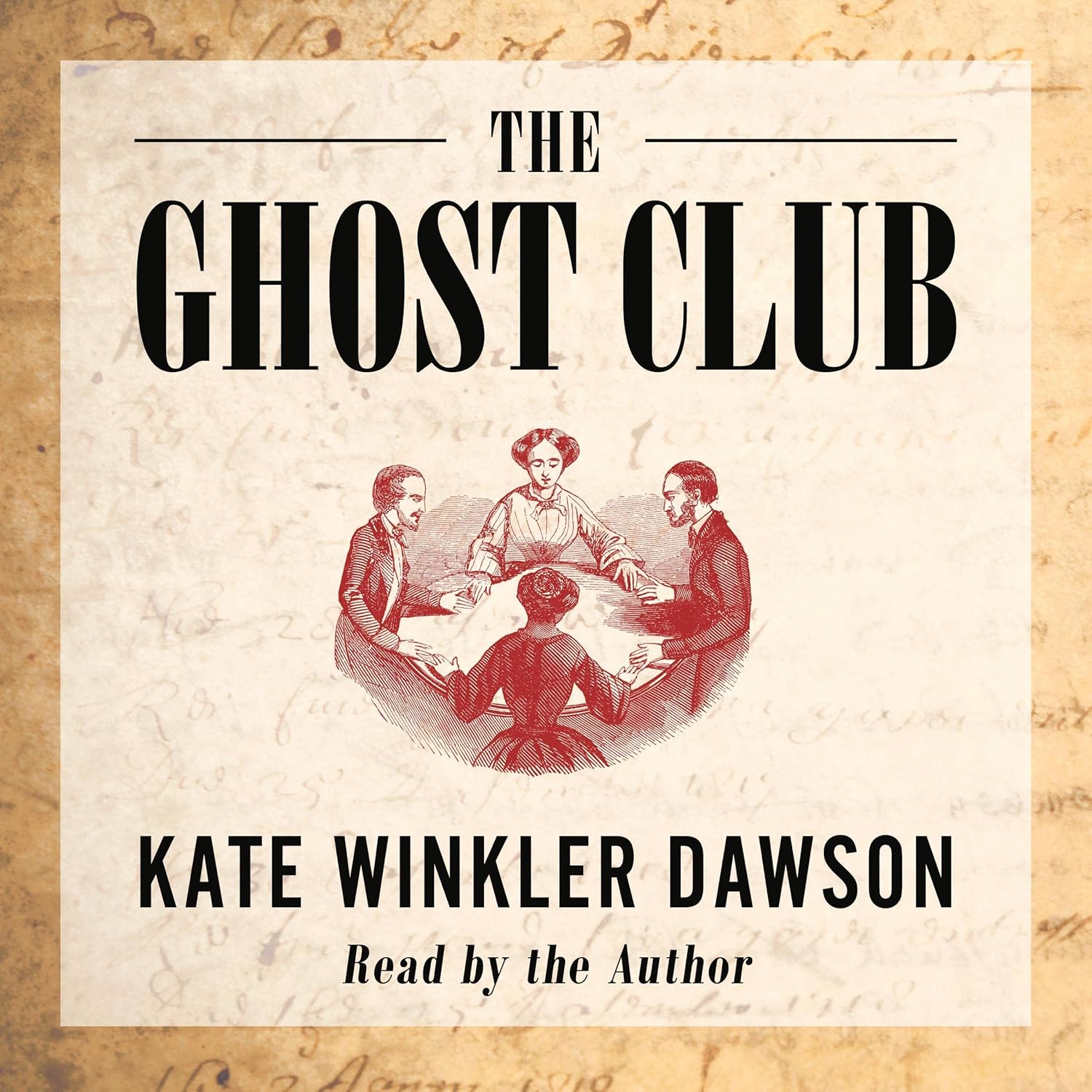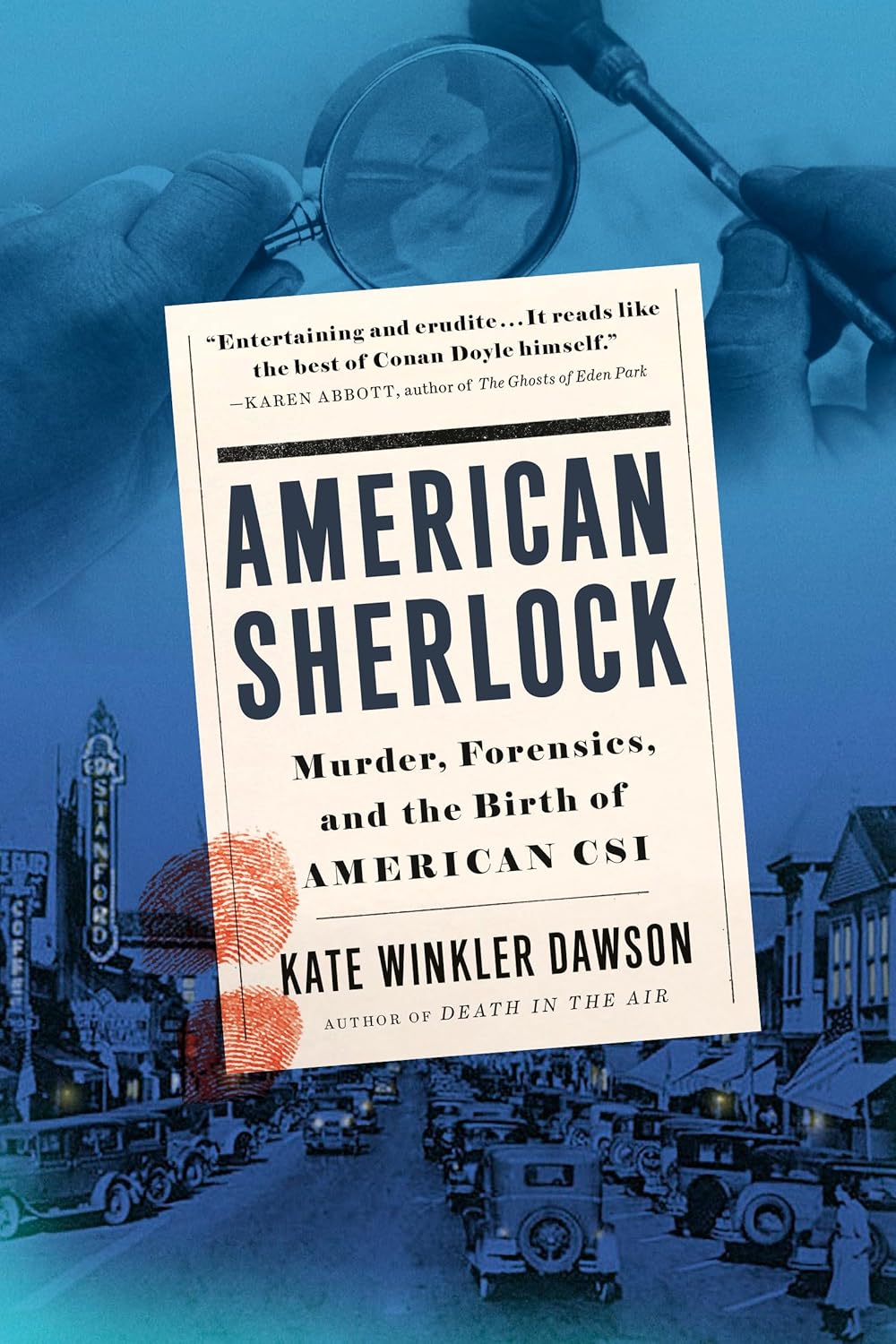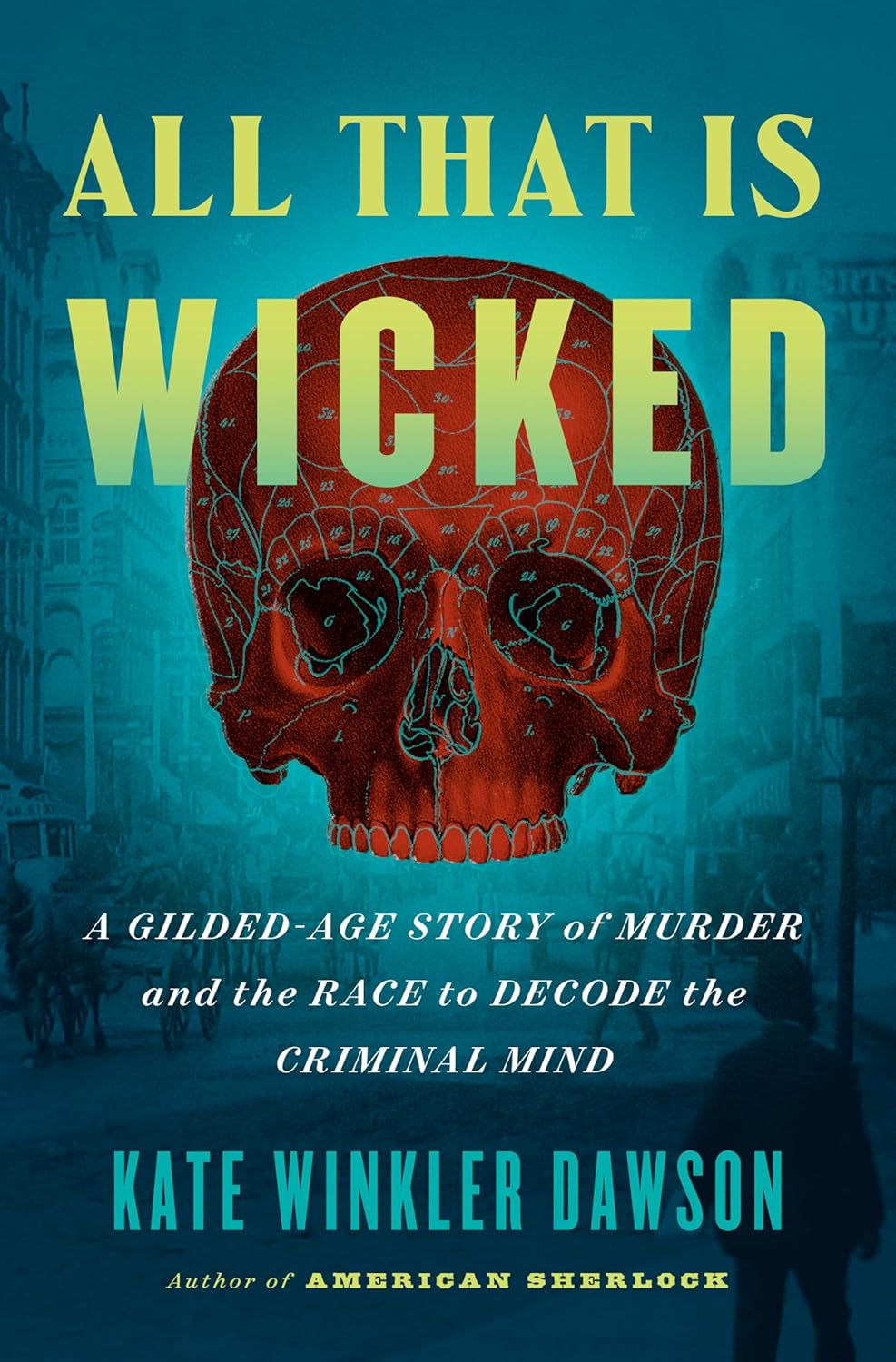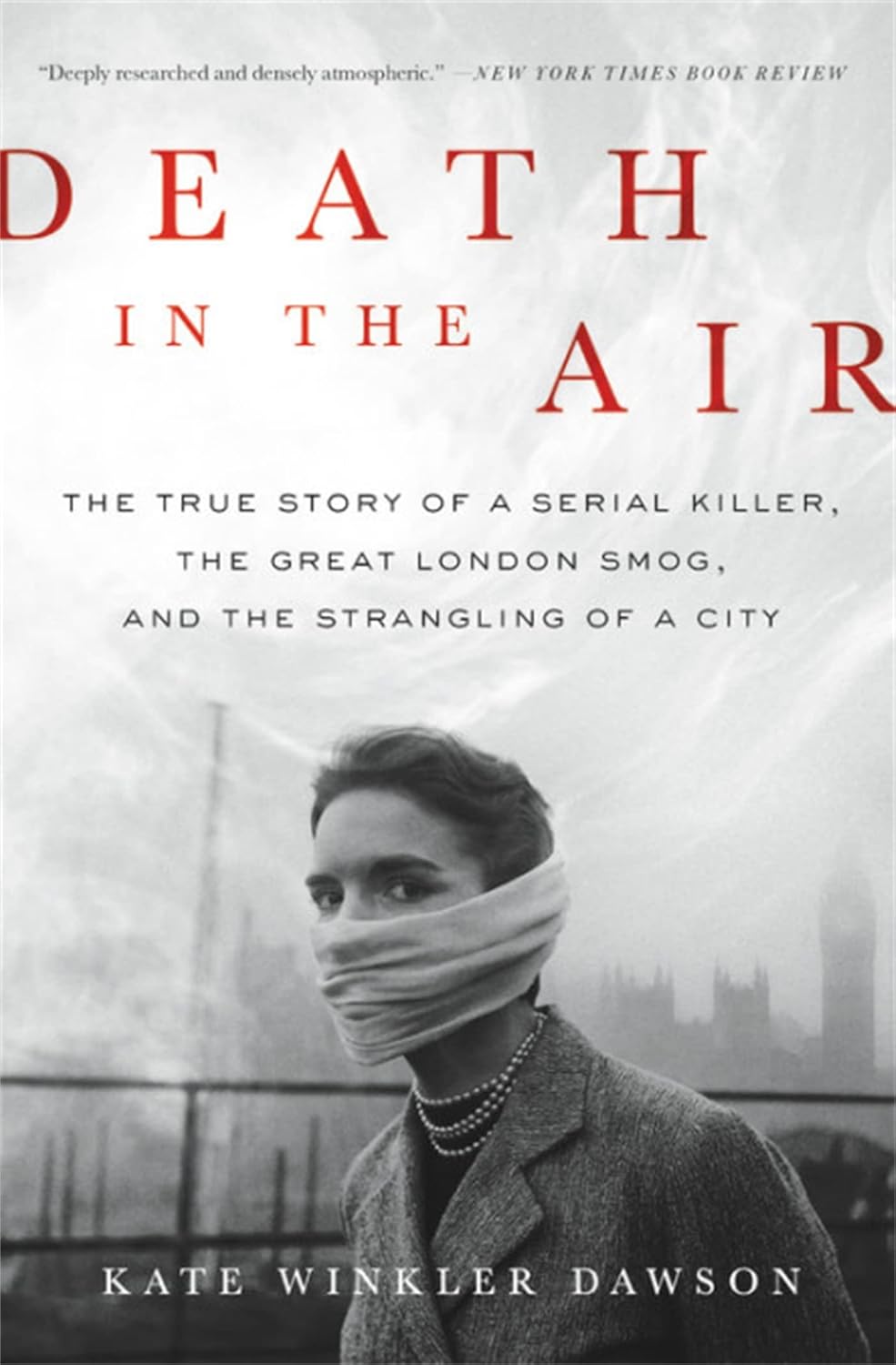Main Content
On Sale January 7, 2025
Over the past two decades, I’ve become a Superfan of network television news programs I’ve come to lovingly refer to as “death shows.” You may see them briefly on CBS or NBC and flip right past them because they’re too gory, shows like Dateline or 48 Hour Mysteries. I’m an ardent devotee, but not in a creepy way. My fascination with crime is everlasting and here’s why…read more
